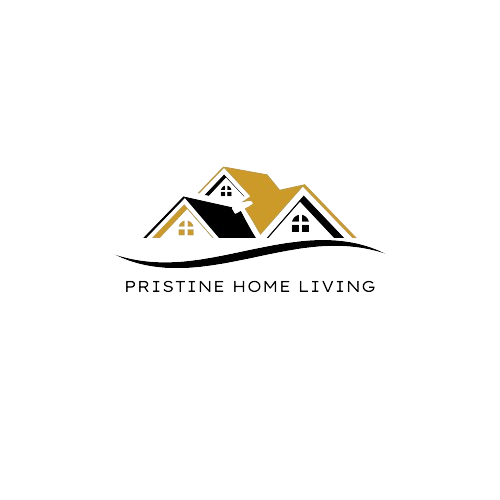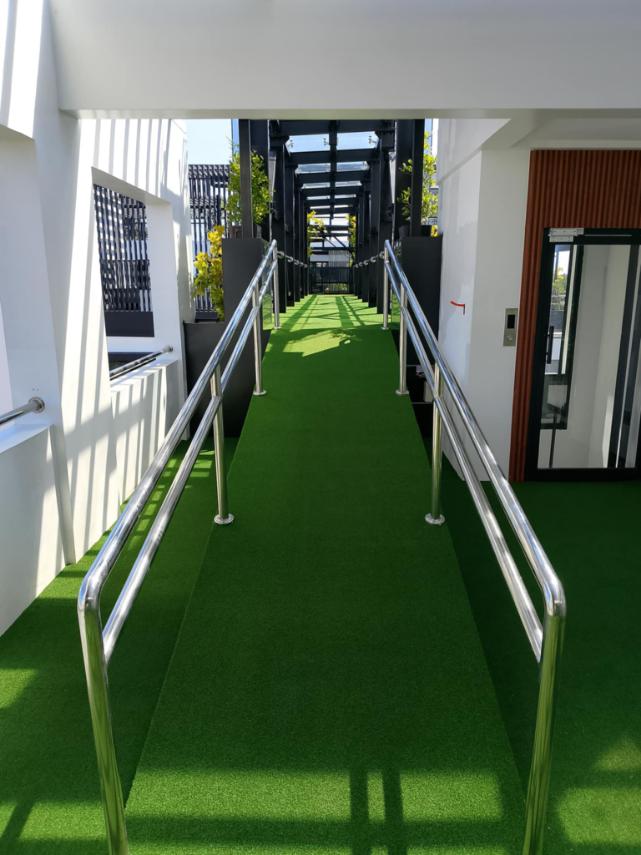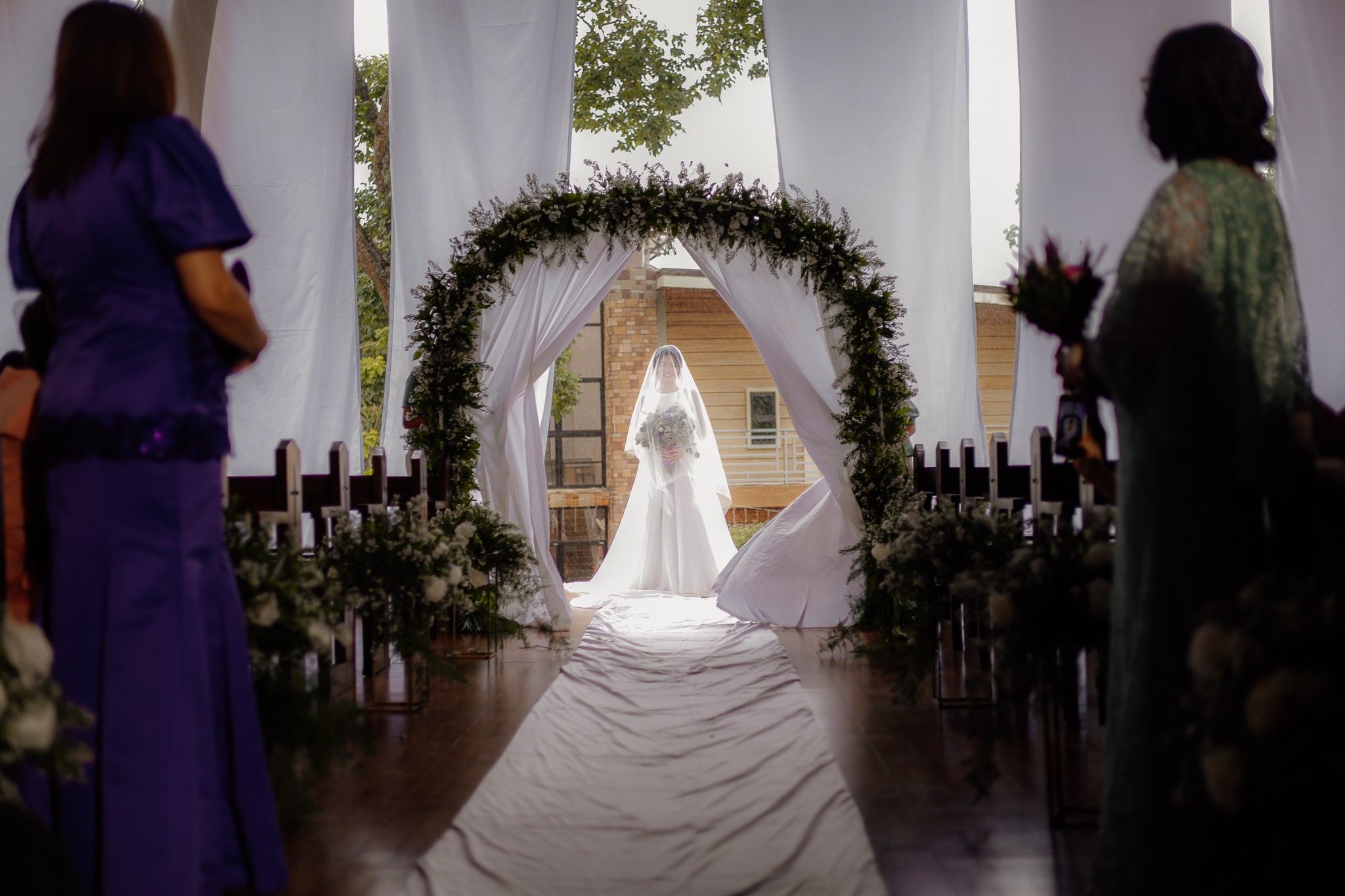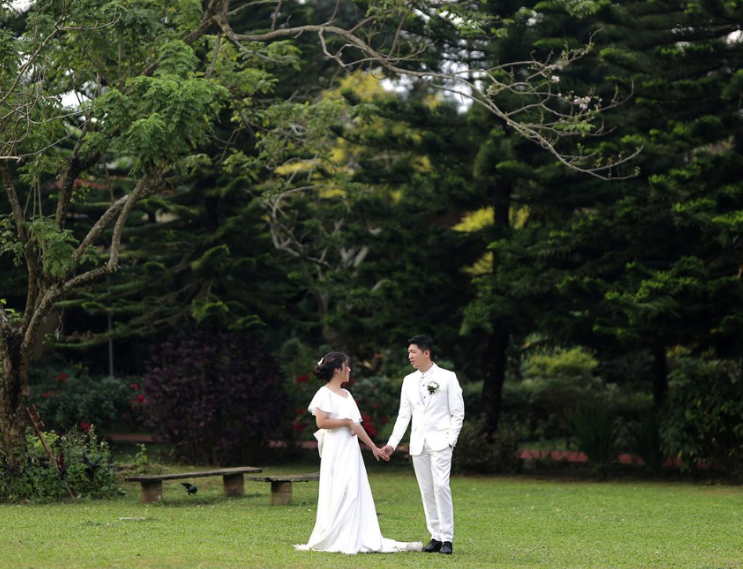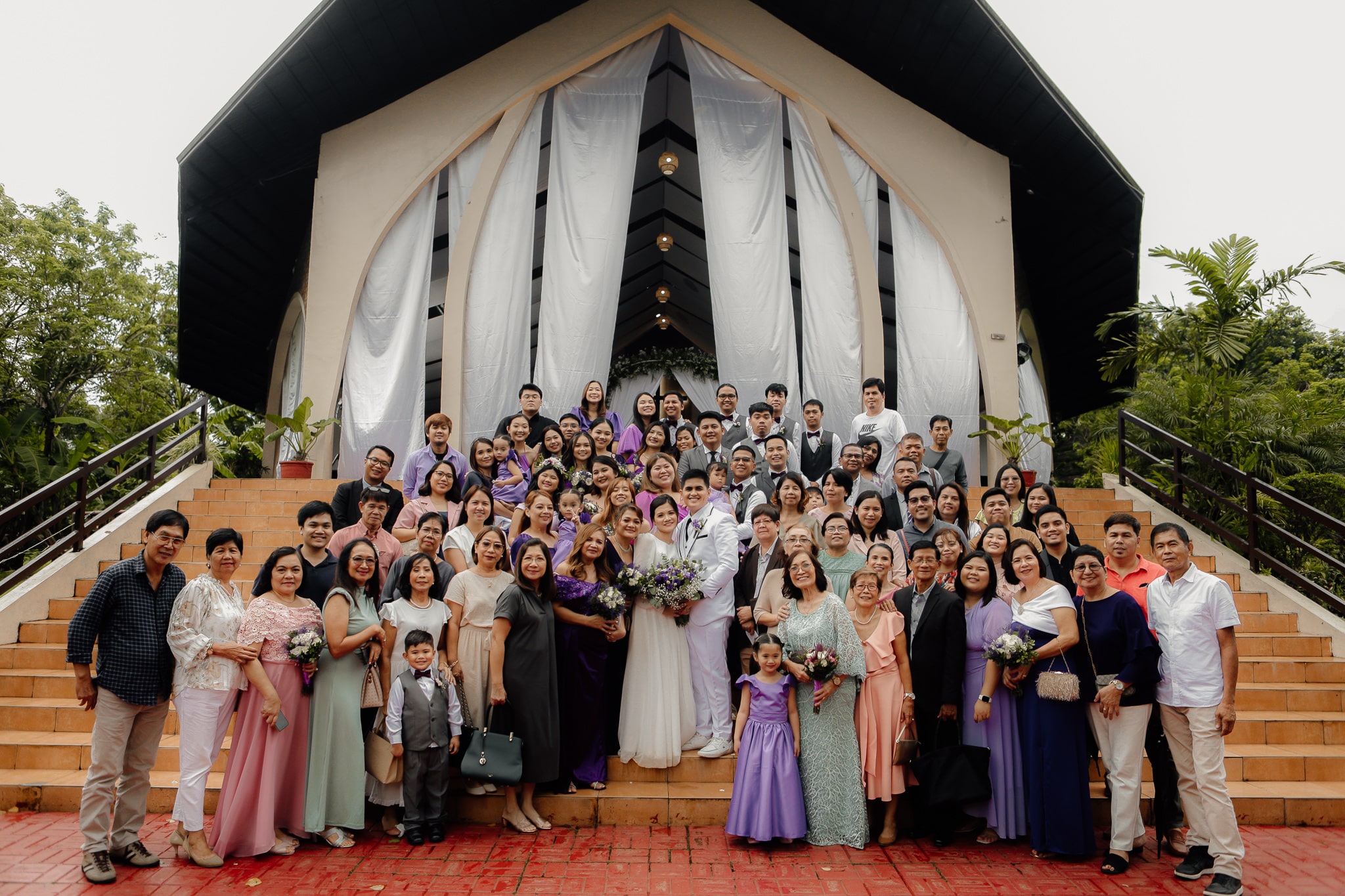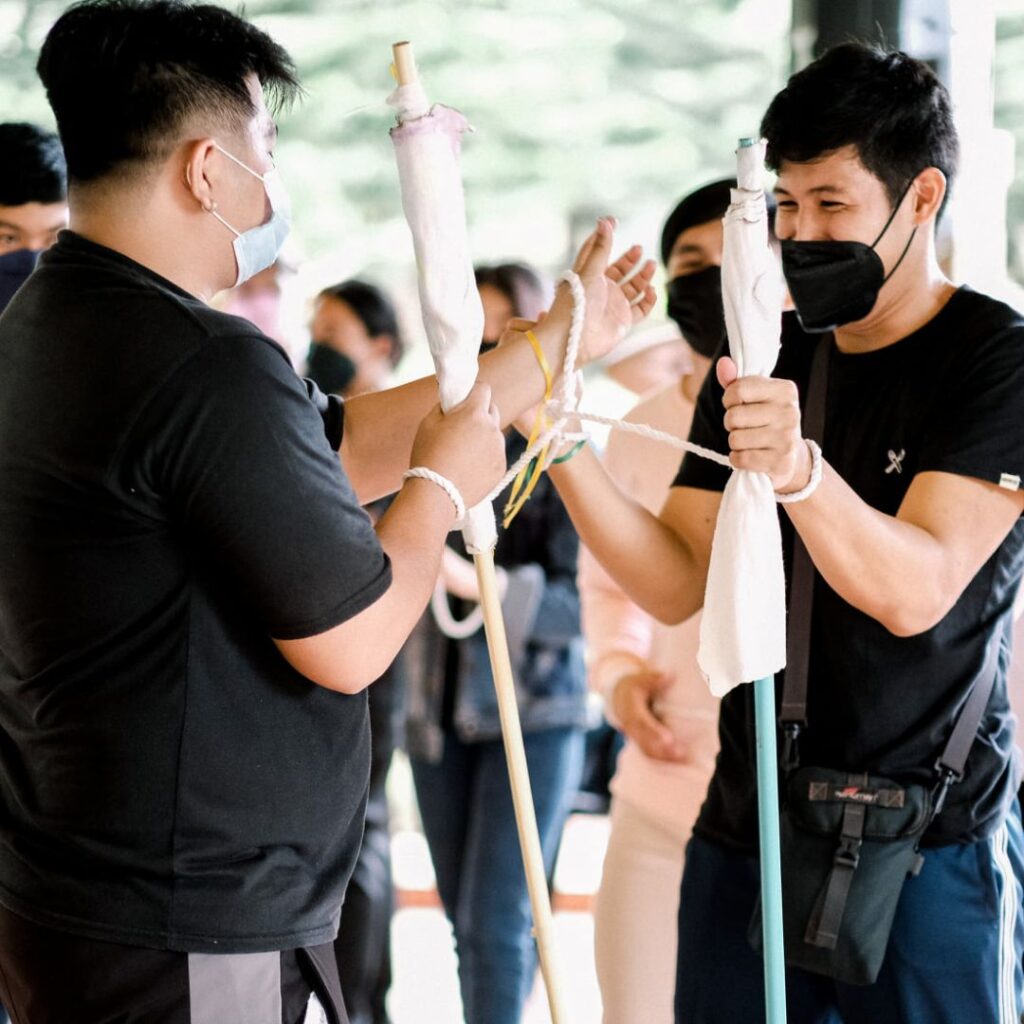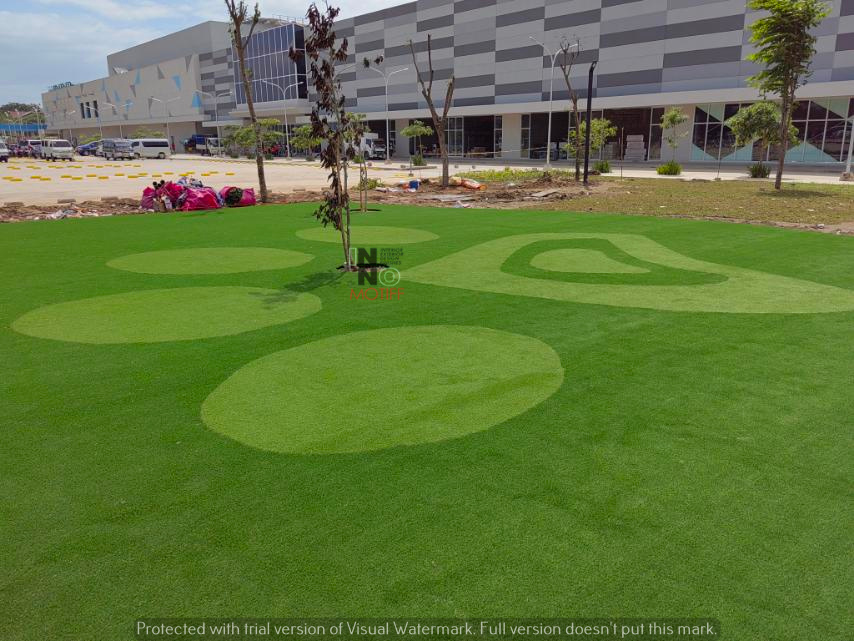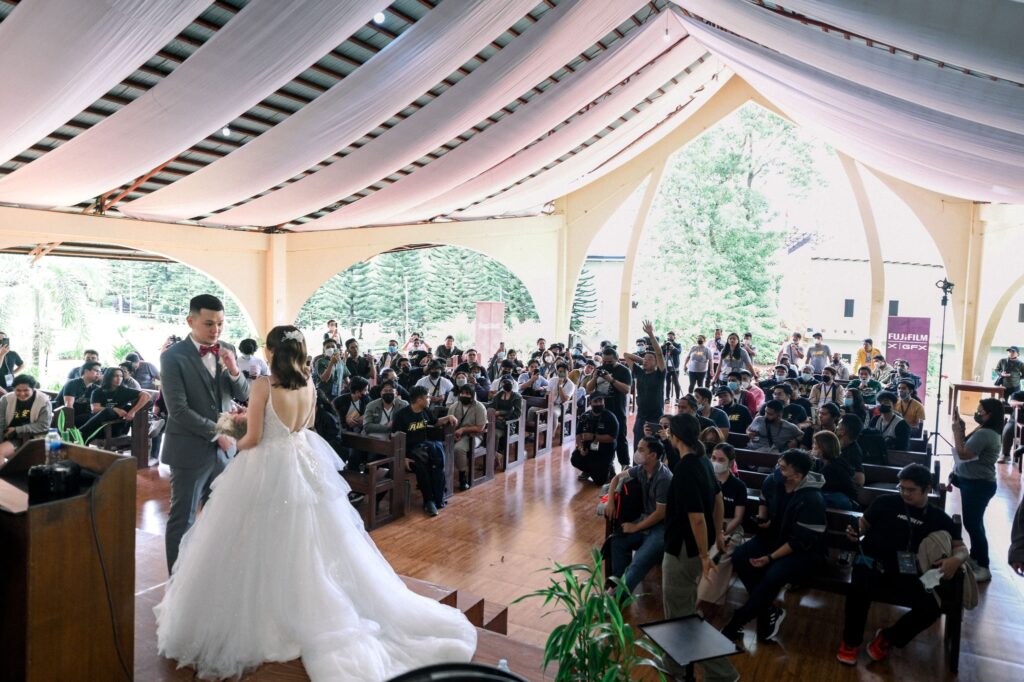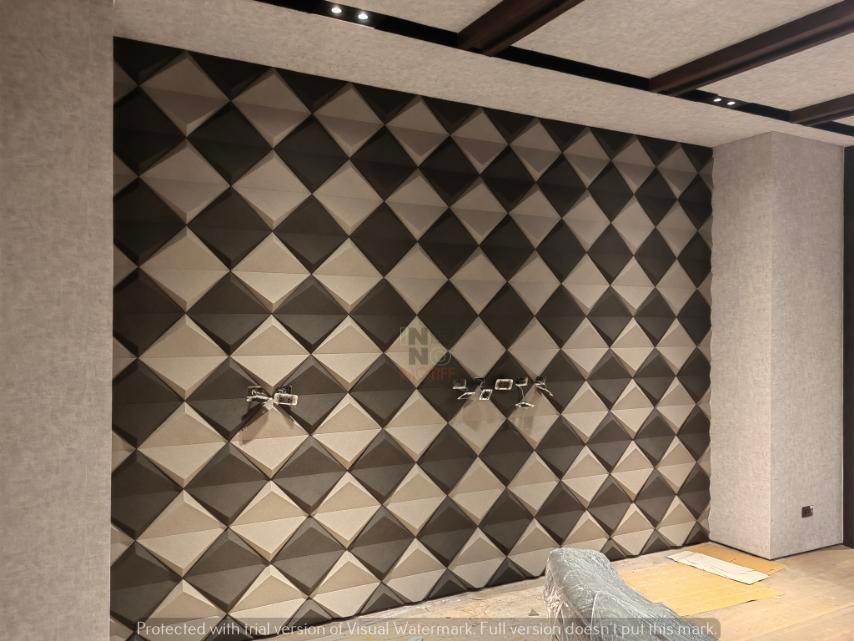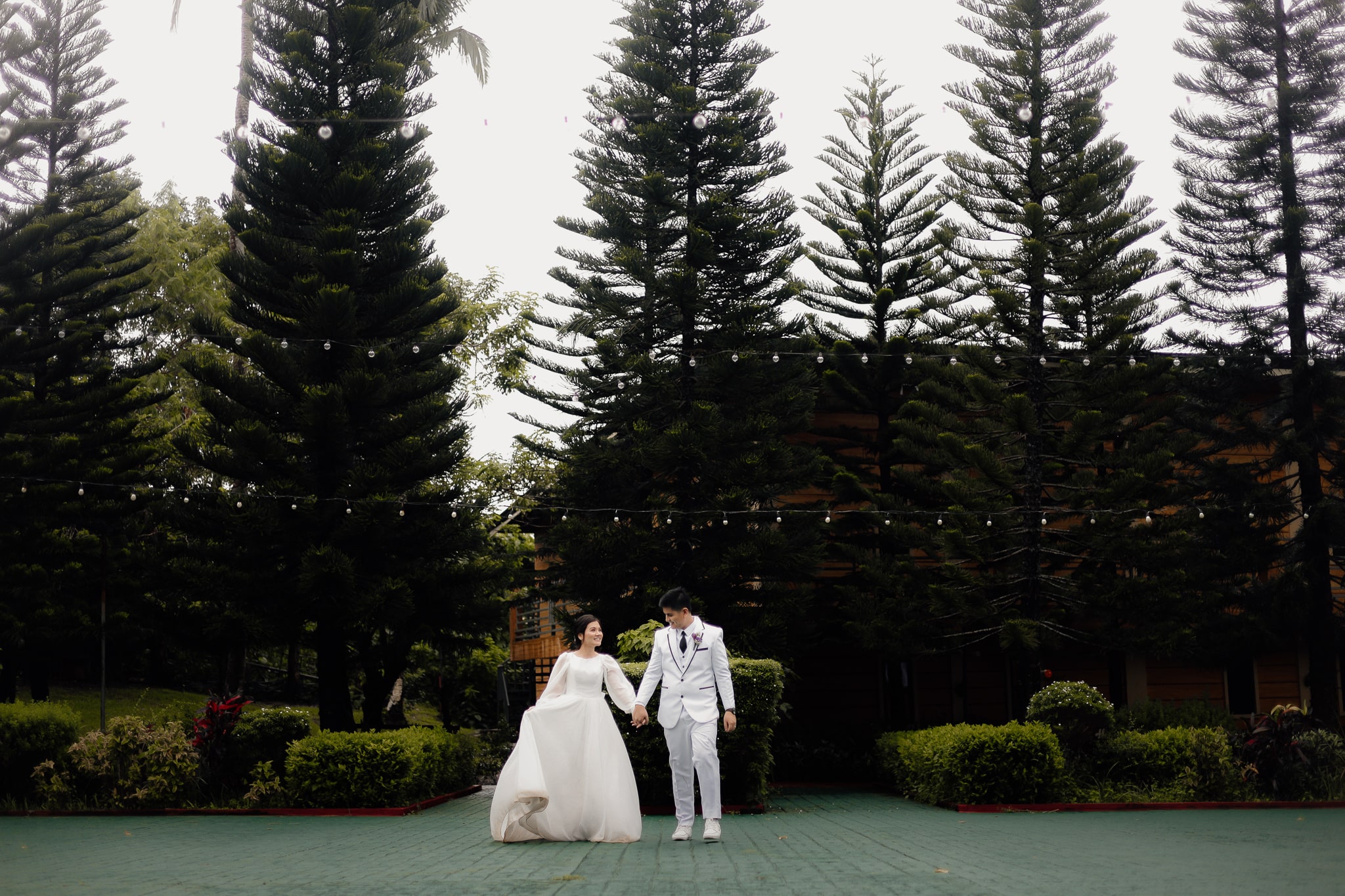Artificial grass installation has become a top choice for homeowners and businesses in the Philippines seeking low-maintenance, aesthetic, and durable landscaping solutions. With the country’s tropical climate and fluctuating weather conditions, artificial grass offers a sustainable and attractive alternative to natural grass. In this guide, we will walk you through the benefits, types, and step-by-step process of artificial grass installation to help you decide if it’s the right choice for your space.
Why Choose Artificial Grass in the Philippines?
Climate Compatibility
Artificial grass installation is especially advantageous in the Philippines due to the country’s humid and rainy tropical climate. Unlike natural grass, which requires constant care, artificial grass is resilient to both heavy rain and dry spells. It remains lush and green all year round, with no risk of mud patches or brown spots, making it ideal for the local environment.
Benefits for Homes and Businesses
The popularity of artificial grass installation in the Philippines also stems from its practical benefits. For homes, it provides a lush, green lawn without the need for frequent mowing or watering. For businesses, it enhances the curb appeal with minimal upkeep. Additionally, artificial grass provides a safe environment for children and pets, as it’s free from harmful chemicals and pesticides commonly used on natural grass.
Types of Artificial Grass for Your Project
Turf Options for Different Uses
When considering artificial grass installation, it’s important to choose the right type of turf for your needs. For residential lawns, a softer and more natural-looking turf may be ideal, while for commercial spaces or sports fields, a more durable and robust option would work best. Different pile heights and textures are available, allowing you to select the best artificial grass that complements your intended use and style.
Choosing the Right Quality for Your Budget
Artificial grass installation comes in various qualities, ranging from budget-friendly options to premium products. The key factors to consider when selecting artificial grass include its durability, UV resistance, and drainage capabilities. High-quality turf may cost more initially, but it ensures longevity and better performance in the long run, making it a wise investment for your property.
Key Considerations Before Installation
Preparing Your Space
A successful artificial grass installation begins with proper preparation of the space. Before laying down the turf, it’s essential to measure and clean the area to ensure a smooth, even surface. Removing any debris, weeds, or existing grass is crucial, as it provides a clean foundation for the installation. This step helps prevent any issues with uneven surfaces or drainage problems after installation.
Choosing the Right Installation Type
Depending on your specific needs, there are different ways to go about artificial grass installation. Full-surface installations provide a seamless look, while sectional installations can be a practical option for smaller spaces or specific areas. Additionally, artificial grass can be installed on uneven or sloped surfaces, making it versatile for a variety of landscaping requirements.
Tools and Materials Required
For those considering a DIY approach, understanding the tools and materials required for artificial grass installation is essential. You will need tools such as a rake, shovel, and turf cutter. Materials such as geotextile fabric, base materials like crushed stone or sand, adhesive, and turf nails are also necessary to ensure a proper and secure installation.
Step-by-Step Guide to Artificial Grass Installation
Preparing the Ground
The first step in artificial grass installation is preparing the ground. This involves clearing the area of any vegetation, rocks, or debris, and then leveling the ground. If the surface is uneven, it may need to be graded to ensure water drains away properly, preventing pooling and damage to the turf.
Laying the Base
Next, a stable base is required for artificial grass installation. Typically, crushed rock or sand is used to create a solid foundation. This base layer helps with drainage and ensures the turf remains level and secure. The material is spread evenly and compacted to form a smooth surface for the turf.
Cutting and Securing the Turf
Once the base is prepared, the artificial grass is laid over the surface. It’s essential to cut the turf to fit the area, ensuring it’s aligned correctly with the edges. Artificial grass installation requires securing the turf with staples, adhesive, or nails to prevent movement. Proper securing ensures the longevity of the installation, keeping it in place during harsh weather conditions.
Finishing Touches
After the grass is secured, the final step in artificial grass installation is to add sand infill. This helps weigh down the turf, provides cushioning, and enhances its appearance. After applying the sand, use a brush to groom the turf, ensuring the fibers stand upright and give a natural look.
Common Mistakes to Avoid During Installation
Overlooking Proper Drainage
One of the most common mistakes during artificial grass installation is neglecting proper drainage. Poor drainage can lead to water pooling, which damages the turf over time. It’s crucial to ensure the ground is leveled and the base material allows water to flow through, preventing issues down the line.
Incorrectly Securing the Edges
Another mistake to avoid is failing to properly secure the edges of the turf. Loose edges can lead to wrinkles, shifting, and uneven surfaces. Securing the edges with a strong adhesive or nails ensures the grass stays in place and provides a neat, professional look.
Skipping Regular Maintenance
Though artificial grass requires less maintenance than natural grass, skipping regular upkeep is a mistake. Artificial grass installation still demands occasional cleaning, brushing, and checking for wear and tear. Neglecting these tasks can lead to a worn-out appearance and reduce the lifespan of the turf.
Not Considering Environmental Factors
It’s important to consider environmental factors such as sunlight and heavy foot traffic before artificial grass installation. Choosing the wrong type of grass or installation technique can cause issues like fading or wear, so make sure to account for these variables.
Artificial Grass Maintenance Tips
Cleaning and Brushing
Maintaining your artificial grass after installation is simple. Regular cleaning and brushing help to remove dirt and debris, ensuring the grass remains clean and visually appealing. A soft broom or brush can be used to lift the fibers, keeping them upright and fresh.
Dealing with Stains and Odours
Occasionally, artificial grass may get stained, especially in pet-friendly areas. A mild detergent and water solution can be used to clean stains. Additionally, keeping the grass clean prevents odors from building up, particularly in areas where pets frequent.
Checking for Wear and Tear
Even with minimal maintenance, it’s important to periodically check the turf for wear and tear. Replacing any damaged sections or adding more infill can extend the life of your artificial grass installation and keep it looking its best.
Cost of Artificial Grass Installation in the Philippines
Factors Affecting Cost
The cost of artificial grass installation in the Philippines depends on various factors such as the size of the area, the type of turf selected, and whether you opt for professional installation or DIY. Larger areas or premium turf will naturally cost more.
Price Estimates and Budgeting Tips
On average, artificial grass installation can cost anywhere from PHP 400 to PHP 1,500 per square meter. It’s important to get quotes from multiple suppliers to ensure you get the best value for your budget. Factor in additional costs for base materials and installation tools or services.
Long-Term Savings with Artificial Grass
While the upfront cost of artificial grass installation may seem higher, the long-term savings make it a worthwhile investment. With little to no maintenance, reduced water bills, and no need for fertilizers or pesticides, artificial grass can save you money in the years to come.
Frequently Asked Questions
Q: What is the lifespan of artificial grass in the Philippines?
A: With proper installation and maintenance, artificial grass can last 10-20 years in the Philippines, depending on the quality of the turf and the level of foot traffic.
Q: Can artificial grass be used in all types of outdoor spaces?
A: Yes, artificial grass can be installed in virtually any outdoor space, from residential lawns to commercial establishments, sports fields, and playgrounds.
Q: How does artificial grass help with water conservation?
A: Since artificial grass doesn’t require watering like natural grass, it contributes to water conservation, making it an eco-friendly landscaping option.
Takeaway
Artificial grass installation offers a smart, sustainable solution for anyone in the Philippines looking to improve their outdoor spaces. Whether for residential lawns, commercial properties, or sports fields, it’s a versatile, low-maintenance alternative to natural grass. With the right preparation, installation, and care, your artificial grass will provide years of beauty and durability.
